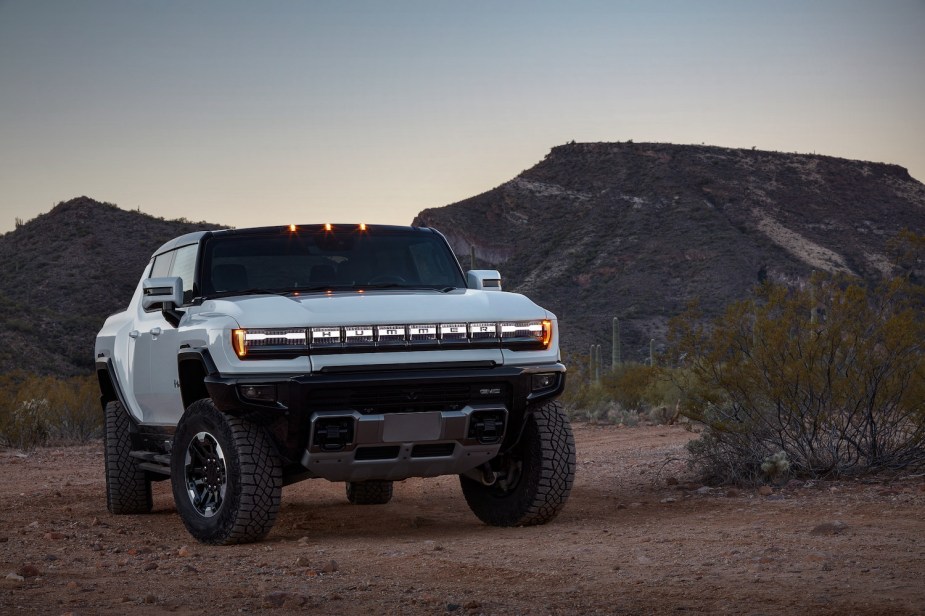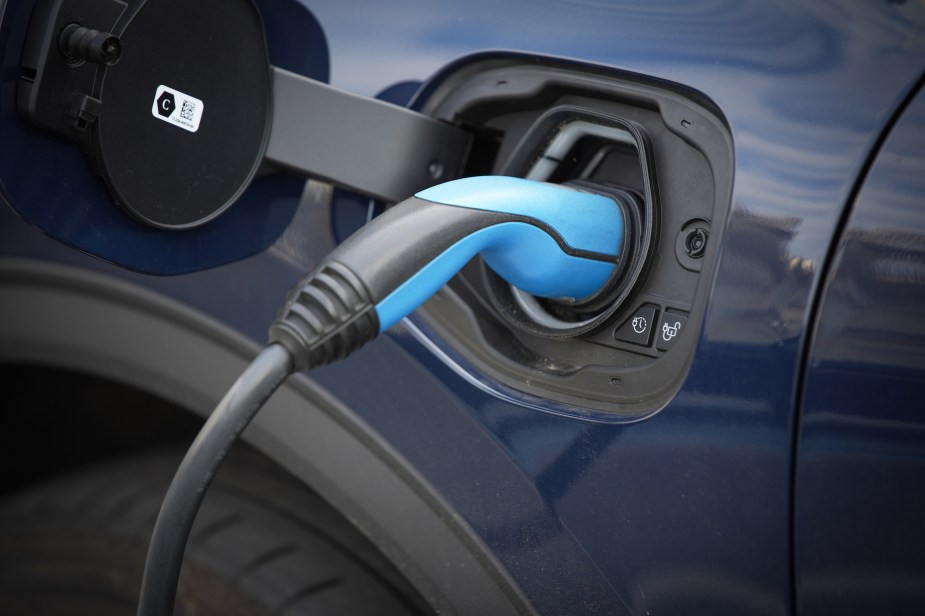
Some States May Repeal Trigger Laws After California Announced Its Ban on Gas-Powered Vehicles
One of the hottest topics in recent news is the announcement that California was waging war on gas and diesel-powered vehicles. The California Air Resource Board (CARB) spelled out a plan to move away from typical internal combustion engines (ICE) to only allow plug-in hybrid and fully electric vehicles to be sold in the state. This action against gas-powered vehicles has some states up at arms.
The Clean Air Act provides California the right to stricter emissions standards

The federal government has gone back and forth regarding whether to allow CARB to dictate stricter emissions regulations for California than what the federal government has in place. CARB receives so much attention because of the number of states that typically follow along with California emissions standards. Now that the state has a ban on gas-powered vehicles, it’s unclear whether other states will follow along.
What are trigger laws?
Trigger laws are simple laws put in place to create action based on a set of events. Many states that follow what California dictates regarding emissions standards have trigger laws in place to follow whatever CARB imposes for California.
Typically 15 states adopt the CARB regulations whenever new policies are written. The Hill tells us that if these states adopt the California ban on gas-powered vehicles, nearly one-third of the country will begin cutting down on the number of ICE vehicles sold starting in 2026.
Some lawmakers hope their respective states repeal the trigger laws to move away from California’s ban on ICE vehicles.
Many states already back the California ban on gas-powered vehicles

So far, 15 states have backed the new zero-emissions vehicle requirements. Some states already had plans in place with bans of their own. Virginia, Massachusetts, and Washington all have trigger laws in place to adopt the CARB regulations.
New York has a separate plan in place signed into law last year. This law requires all passenger cars and trucks sold in New York to be zero-emissions models by 2035. Medium-duty and heavy-duty vehicles have until 2045 to comply with this same requirement.
Why does California have a ban on gas-powered vehicles?
The goal of the new ban is to reduce greenhouse gas emissions. This newly proposed ban will reduce emissions expelled in the state by 8.4 million tons during the first ten years. The ban requires that 35% of all passenger vehicles and light duty trucks sold in California meet zero-emissions standards by 2026. This ban starts the clock that will reach 100% in 2035.
Which states are joining the ban?

Typically, the fifteen states that follow CARB regulations are:
- Colorado
- Connecticut
- Delaware
- Maine
- Maryland
- Massachusetts
- New Jersey
- New York
- Oregon
- Pennsylvania
- Rhode Island
- Vermont
- Virginia
- Washington
Some states are expected to join the California ban on gas-powered vehicles. Among those joining the ban are Washington, Massachusetts, New York, Oregon, and Vermont. USA Today tells us that Colorado and Pennsylvania will likely not follow suit. Minnesota is battling clean car rules and Republicans in Virginia are working to repeal the trigger laws in their state.
There are still many unanswered questions and a lack of infrastructure to support the increased number of zero-emissions vehicles required by the new CARB regulations. This will be an interesting topic of conversation that might last several years.
Next, check out why EVs are bad at towing or learn more about the new CARB regulations in the video below:
This article was updated on 12/8/2022.



